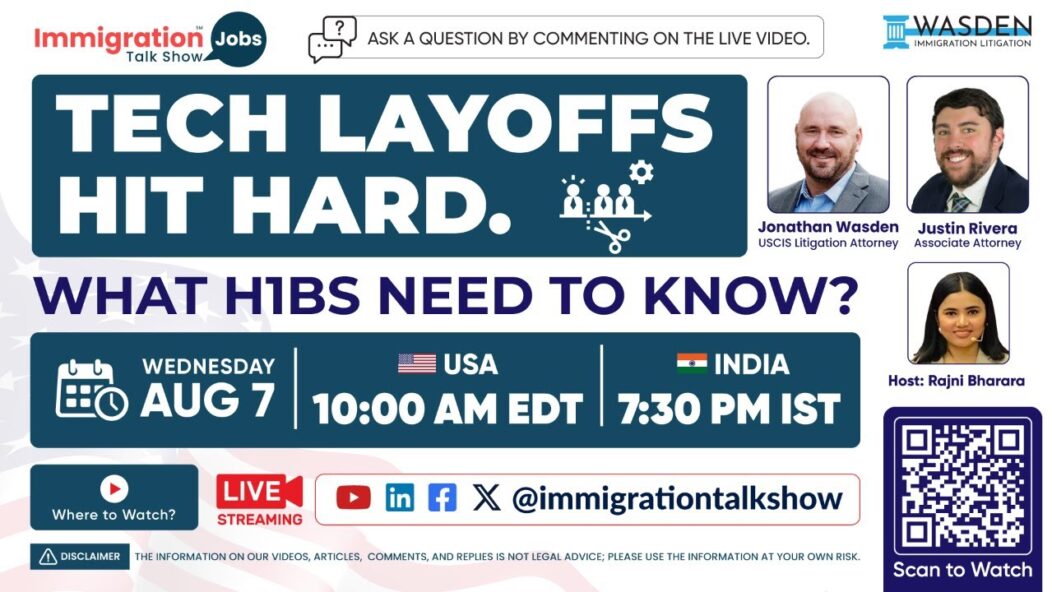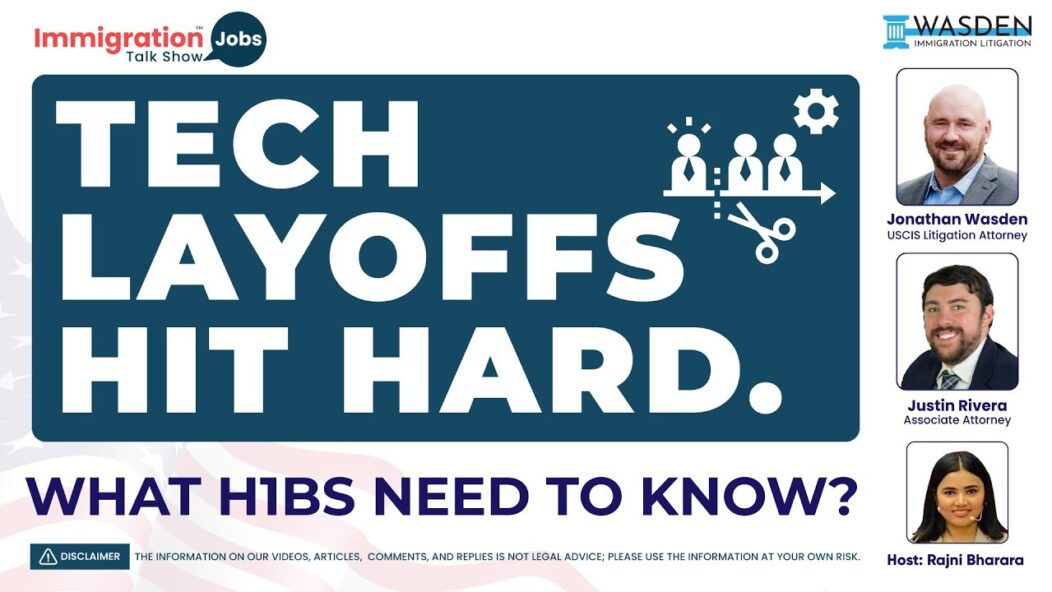The I-9 form is crucial for employers to verify that their employees are legally allowed to work in the United States. Understanding the rules and penalties surrounding this form can help businesses avoid costly mistakes. This article will cover what the I-9 form is, common violations, penalties for non-compliance, the role of the Department of Homeland Security (DHS), and best practices for maintaining compliance.
Key Takeaways
- The I-9 form is essential for confirming an employee’s right to work in the U.S.
- Common mistakes include missing signatures or dates on the form.
- Penalties for errors can range from small fines to serious criminal charges.
- DHS conducts audits to ensure compliance with I-9 regulations.
- Using E-Verify can help employers stay compliant with hiring laws.
Understanding the I-9 Form
Purpose and Importance of the I-9 Form
The I-9 Form is a crucial document required by the U.S. Citizenship and Immigration Services (USCIS). It helps verify the identity and employment eligibility of new employees. Employers must complete this form for every new hire to ensure they are authorized to work in the United States. Failing to do so can lead to serious legal issues.
Sections of the I-9 Form
The I-9 Form consists of three main sections:
- Section 1: Employee Information and Attestation – The employee fills out their personal details and confirms their eligibility to work.
- Section 2: Employer Review and Verification – The employer checks the employee’s documents to confirm their identity and eligibility.
- Section 3: Reverification and Rehires – This section is used for rechecking the eligibility of employees whose work authorization has expired.
Required Documents for Verification
To complete the I-9 Form, employees must provide specific documents. These fall into three categories:
- List A: Documents that prove both identity and work eligibility (e.g., U.S. Passport, Green Card).
- List B: Documents that prove identity (e.g., state-issued driver’s license).
- List C: Documents that prove work eligibility (e.g., Social Security card).
Completing the I-9 Form accurately is essential for employers to avoid penalties and ensure compliance with immigration laws. Employers must pay close attention to the I-9 process to protect their business from legal issues.
Common I-9 Violations
Technical Errors vs. Substantive Violations
Understanding the difference between technical errors and substantive violations is crucial for employers. Technical errors are minor mistakes that can often be corrected without severe penalties. Examples include:
- Missing employee information in Section 1
- No date of employment listed
- Missing signatures or dates from preparers
On the other hand, substantive violations are more serious and can lead to significant fines. These include:
- Failing to complete the I-9 form on time
- Not securing the employee’s signature
- Not reviewing required documents properly
Examples of Common Violations
Here are some common violations that employers should be aware of:
- Incomplete Forms: Failing to fill out all required sections.
- Late Submission: Not completing the I-9 within the required timeframe.
- Improper Document Review: Not verifying the authenticity of documents presented by employees.
Impact of Violations on Employers
Violations can lead to serious consequences for employers, including:
- Monetary fines: Ranging from hundreds to thousands of dollars per violation.
- Increased scrutiny: Employers may face more frequent audits from ICE.
- Reputational damage: Non-compliance can harm a company’s reputation and employee trust.
Employers must prioritize I-9 compliance to avoid costly penalties and maintain a good standing with regulatory agencies.
By understanding these common violations, employers can take proactive steps to ensure compliance and protect their businesses.
Penalties for I-9 Non-Compliance
Monetary Fines and Penalties
Failure to comply with I-9 regulations can lead to significant fines for employers. The penalties vary based on the nature of the violation:
Criminal Charges for Repeat Offenders

Employers who repeatedly violate I-9 rules may face severe consequences, including:
- Increased fines for each subsequent violation.
- Potential criminal charges for knowingly hiring unauthorized workers.
- A damaged reputation that can affect business operations.
Case Studies of Penalties Imposed
There are numerous cases where employers faced hefty fines due to I-9 violations. For instance:
- A small travel company was fined $500 to $600 per violation for hiring employees without proper I-9 forms.
- Employers with high error rates can face fines exceeding $1.8 million for non-compliance.
Understanding and adhering to I-9 regulations is crucial for avoiding costly penalties. Regular audits and training can help ensure compliance and protect your business.
Role of the Department of Homeland Security (DHS)
DHS and Immigration and Customs Enforcement (ICE)
The Department of Homeland Security (DHS) plays a crucial role in enforcing immigration laws in the United States. One of its main divisions, Immigration and Customs Enforcement (ICE), is responsible for ensuring that employers comply with the I-9 form requirements. This includes conducting audits and inspections to verify that employers are properly completing and maintaining I-9 forms for their employees.
DHS Audits and Inspections
DHS regularly conducts audits to check for compliance with I-9 regulations. During these audits, they look for:
- Missing or incorrect information on I-9 forms.
- Failure to complete forms within the required time frame.
- Inadequate documentation for employee verification.
If violations are found, employers may be given a chance to correct them within a specified period, usually around 10 business days.
DHS Enforcement Actions
When employers fail to comply with I-9 requirements, DHS can take several enforcement actions, including:
- Issuing fines for each violation.
- Conducting further investigations into the employer’s hiring practices.
- Potential criminal charges for repeat offenders.
The actions taken by DHS emphasize the importance of maintaining accurate I-9 records to avoid severe penalties.
In summary, the DHS, through ICE, actively monitors and enforces compliance with I-9 regulations, ensuring that employers follow the law and maintain proper documentation for their employees. Understanding these roles can help employers avoid costly mistakes.
E-Verify and Compliance Requirements
Overview of E-Verify System
E-Verify is a voluntary online system that helps employers confirm a worker’s identity and eligibility to work in the U.S. It compares the information from an employee’s Form I-9 with government records. This system is especially important for employers who want to ensure they are following the law.
State and Federal E-Verify Requirements
Different states have their own rules about using E-Verify. Some employers must use it if they have certain contracts. Here are some key points to remember:
- Know your state’s rules: Each state may have different requirements.
- Contractual obligations: Some employers are required to use E-Verify for specific jobs.
- Self-reporting: If you find mistakes in your I-9 forms, you may need to run those employees through E-Verify again.
Consequences of E-Verify Non-Compliance
Failing to comply with E-Verify rules can lead to serious problems. Employers might face:
- Fines: There can be heavy fines for not following the rules.
- Debarment: Employers may be banned from federal or state programs.
- Legal issues: It’s important to consult with a lawyer if you have compliance questions.
Understanding E-Verify and its requirements is crucial for employers. Ignoring these rules can lead to significant penalties and legal troubles. Always stay informed about the latest regulations to protect your business.
Best Practices for I-9 Compliance
Regular Internal Audits
Conducting regular internal audits is essential for ensuring compliance with I-9 regulations. Here are some key steps to follow:
- Schedule audits at least twice a year.
- Review all I-9 forms for accuracy and completeness.
- Identify and correct any errors immediately.
Training for HR Professionals
Training is crucial for HR staff to understand the I-9 process. Consider the following:
- Provide comprehensive training on I-9 requirements.
- Update training materials regularly to reflect changes in laws.
- Encourage questions and discussions during training sessions.
Maintaining Accurate Records
Keeping accurate records is vital for compliance. Follow these guidelines:
- Store I-9 forms securely and ensure they are easily accessible.
- Retain records for the required duration: three years from hire or one year from termination, whichever is longer.
- Regularly review records to ensure they are up-to-date and complete.
Maintaining compliance with I-9 regulations is not just a legal obligation; it also protects your organization from potential financial penalties and reputational damage.
By implementing these best practices, employers can significantly reduce the risk of I-9 violations and ensure a smoother hiring process.
Correcting I-9 Mistakes
Identifying and Correcting Technical Errors
When employers find mistakes on the Form I-9, they should act quickly. Technical errors can be fixed easily. Here are some common technical errors:
- Missing employee name or date of birth in Section 1
- No date for the start of employment
- Missing signature or date from a third-party preparer
To correct these, the employee or employer should fill in the missing information and sign the form again.
Handling Substantive Violations
Substantive violations are more serious and cannot be simply corrected. If an employer discovers that an I-9 was never completed for an employee, they must:
- Document how the mistake happened.
- Contact the employee to explain the situation.
- Complete a new Form I-9 and keep records of the correction.
It’s crucial to avoid backdating the form, as this can lead to penalties.
Documenting Corrections and Actions Taken
Keeping accurate records is essential. Employers should:
- Maintain a file of all corrected I-9 forms.
- Document the steps taken to correct any mistakes.
- Ensure that all corrections are made with the current date.
Keeping thorough records helps protect employers during audits and shows good faith in compliance.
By following these steps, employers can effectively manage and correct I-9 mistakes, reducing the risk of penalties from DHS audits and inspections.
If you’ve made a mistake on your I-9 form, don’t worry! It’s important to fix it quickly to avoid any issues with your employment. Visit our website for expert help and guidance on correcting these mistakes. Let us assist you in getting it right!
Conclusion
In summary, following the rules for Form I-9 is very important for businesses. Not doing so can lead to big fines, loss of customers, and other legal issues. To avoid these problems, companies should regularly train their staff, pay close attention to details, and fully understand the laws. If you have any questions about I-9 rules, it’s a good idea to talk to a lawyer who knows about these matters. For more help with I-9 compliance, feel free to reach out to our Labor & Employment Team. We are here to assist you in understanding and managing the complicated world of immigration laws.
Frequently Asked Questions
What is the I-9 form and why is it important?
The I-9 form is a document that employers must complete to confirm that their employees are allowed to work in the United States. It’s important because it helps prevent illegal hiring and ensures that workers have the proper authorization.
What are common mistakes made on the I-9 form?
Common mistakes include forgetting to fill in the employee’s name or date of birth, not signing the form, or not providing the correct documents for verification.
What penalties can employers face for not following I-9 rules?
Employers can face fines ranging from hundreds to thousands of dollars for each missing or incorrect I-9 form. Repeat offenders may even face criminal charges.
How does the Department of Homeland Security (DHS) get involved with I-9 violations?
DHS, through its Immigration and Customs Enforcement (ICE) division, conducts audits and inspections of companies to check if they are following I-9 regulations. They can impose fines for violations.
What is E-Verify and how does it relate to the I-9 form?
E-Verify is an online system that helps employers confirm an employee’s eligibility to work in the U.S. It’s used alongside the I-9 form to ensure compliance with immigration laws.
What should employers do if they find mistakes on the I-9 form?
If mistakes are found, employers should correct them as soon as possible. For minor errors, they can simply fix them and document the changes. For serious issues, they may need to explain the situation and complete a new form.
(Authors: Jonathan Wasden & Justin Rivera, Immigration Attorneys)
How useful was this post?
Click on a star to rate it!









